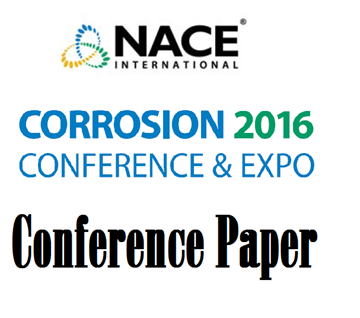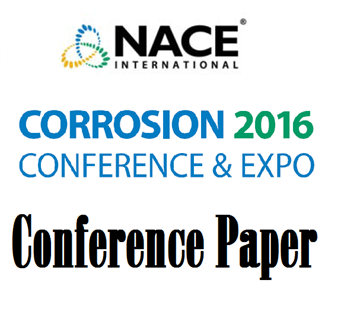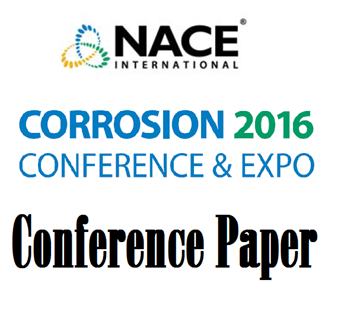Search
51316-7296-UNS N06055 High Chromium welding product provides resistance to PWSCC in service and to DDC and Soli
Also Purchased
51316-7284-Management of Integrity Operating Window (IOW) for an Aging Gas Processing Plant
Product Number:
51316-7284-SG
ISBN:
7284 2016 CP
Publication Date:
2016
$20.00
51316-7290-Assessment of Formation Damage Potential of Corrosion Inhibitor Squeeze Applications
Product Number:
51316-7290-SG
ISBN:
7290 2016 CP
Publication Date:
2016
$20.00
51316-7285-Surface behaviour of carbon steel in presence of sulphate-reducing bacteria
Product Number:
51316-7285-SG
ISBN:
7285 2016 CP
Publication Date:
2016
$20.00




